Photographs: Reuters Shahid Javed Burki
Today, Pakistan is South Asia's sick man. This year -- the financial year ending on June 30 -- if the Pakistani economy grows at all, the rate of increase will be no more than the rate of growth in population.
This means that there will be no increase in average income and, for most of the population, income per head will decline.
This will add another 10 million to the pool of poverty, bringing the total to over 70 million. In the immediate future, the national output is likely to increase at a rate less than one-half of that expected for Bangladesh and one-third of that projected for India.
I pointed this out to Pakistan's President Asif Ali Zardari in a recent meeting. He responded by saying that by comparing the performances of India, Bangladesh and Pakistan I was comparing apples and oranges.
India had had a democratic system of government for more than 60 years and Bangladesh had been under democratic rule for a longer period than Pakistan.
. . .
Why Pakistan is South Asia's sick man
Photographs: Reuters
He said he had inherited a damaged economy and a dysfunctional political system from a military dictator. His government's first priority was to provide the country with a political system that was fully representative of the wishes of the citizenry.
My purpose for bringing to the attention of the Pakistani President the divergent tracks being followed by the major economies of mainland South Asia was to suggest that there were public policy lessons to be learnt from the development experiences of India and Bangladesh.
However, upon reflection I thought that the President was raising a valid point: the importance of a democratic system for sustained economic development.
One thing that stood out in India's case -- and to some extent also in the case of Bangladesh -- was the continuity in the making of economic policy.
. . .
Why Pakistan is South Asia's sick man
Photographs: Reuters
In a democratic system policy makers would not be allowed to make sudden changes in the direction of policy unless it was warranted. The Indian electorate punished Indira Gandhi when she put the country under an emergency.
It rewarded the Congress party when it gave up, during a period of deep financial crisis, the discredited 'license raj' in favour of a more open economy.
In Pakistan, however, the roller coaster political ride -- alternating between civilian and military rules -- had also resulted in wide swings in the economic priorities pursued by those in power.
Other than this explanation based on the impact of development in politics on economic performance, are there other reasons why Pakistan is lagging so far behind Bangladesh and India?
. . .
Why Pakistan is South Asia's sick man
Photographs: Reuters
What has the country not done that its neighbours have to better the lives of their citizens? There are three telling differences between the direction of economic policy taken by India and Pakistan and two when we compare Bangladesh and Pakistan.
Taken together, these five provide some ideas to the policy makers in Islamabad as they struggle to pull the economy from the edge of a precipice.
Let me start with the three things Indians have done differently compared to Pakistan.
It was perhaps a combination of Mahtama Gandhi's emphasis on self-reliance and Jawaharlal Nehru's attraction to socialism in the style of the Soviet Union that kept India from becoming dependent on external flows for financing development.
. . .
Why Pakistan is South Asia's sick man
Photographs: Reuters
Today, more than six decades after the two countries achieved Independence, the Indian rate of domestic savings and its tax-to-GDP ratio are more than twice that of Pakistan.
Islamabad has had to go repeatedly to the International Monetary Fund to save itself from bankruptcy. India needed to do that only once in the last quarter century.
New Delhi put a great deal of emphasis on developing public sector institutions of education, training and learning in a number of sectors.
The famed institutions of administration and technology have produced skilled people who have led some important parts of the Indian economy.
. . .
Why Pakistan is South Asia's sick man
Photographs: Reuters
They also constitute the core of the community of Non-Resident Indians, who are playing an important role in transforming the Indian economy at this time.
Pakistan does not have a single such institution in the public sector.
The third important difference is that the Indians have allowed the development of scale in the modern sectors of their economy.
Consequently, some of the Indian firms are now of the size and competence to challenge those in the West. The Indian firm has arrived on the international scene.
. . .
Why Pakistan is South Asia's sick man
Photographs: Reuters
That may have happened in Pakistan's case too but for the nationalisation undertaken by former Prime Minister Zulfikar Ali Bhutto in the early 1970s.
He was, in a way, adopting the Indian socialist model of economic management without realising that India built up the state sector through investment, not expropriation of private assets.
The two differences that stand out between Bangladesh and Pakistan are in the areas of industrial policy and the treatment of women in the workforce.
Dhaka adopted a model of development that put small enterprises at the centre of the economic stage. Such micro-lenders as the Grameen Bank and BRAC were able to provide small amounts of capital to hundreds of thousands of small entrepreneurs, most of them women.
. . .
Why Pakistan is South Asia's sick man
Photographs: Reuters
These enterprises contributed to the development of the readymade garment industry which, in turn, encouraged the participation of women in the workforce.
This development model, focused on women, has produced the most rapid demographic change in South Asia.
The increase in the median age of the population was more rapid in Bangladesh than any other South Asian country.
There is, in other words, enough experience available in South Asia for policy makers in Pakistan to formulate a development approach to pull their country out of tremendous economic difficulties it faces at this time.
The writer is former finance minister of Pakistan and former vice president, World Bank.


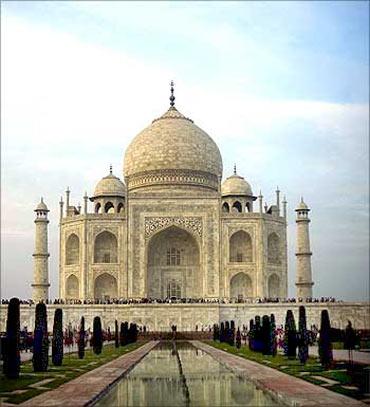
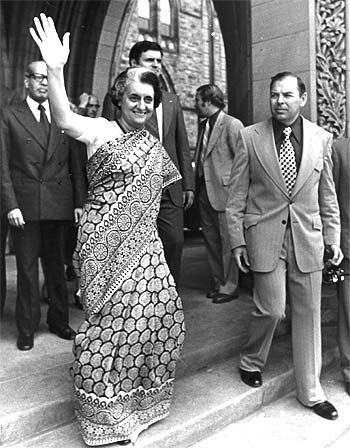
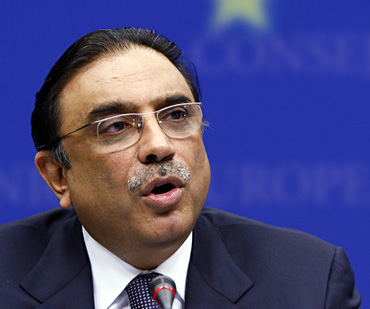
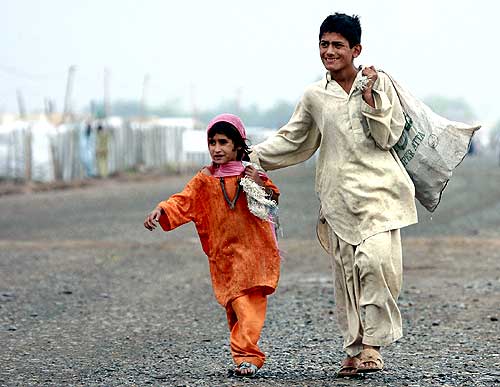
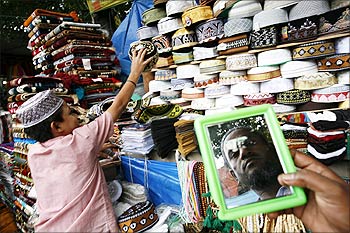
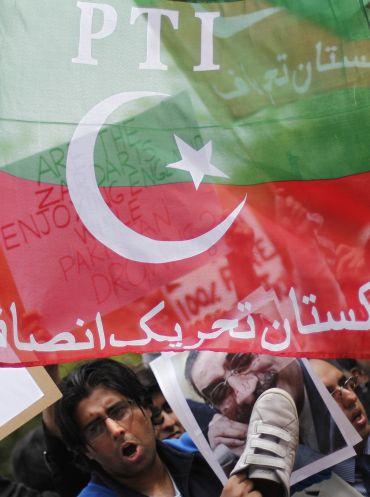
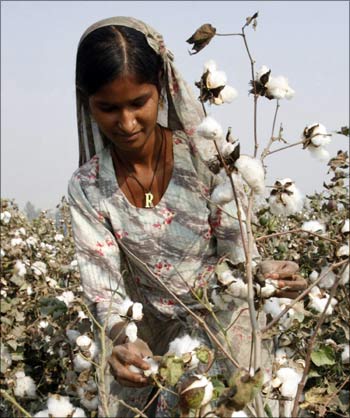

article